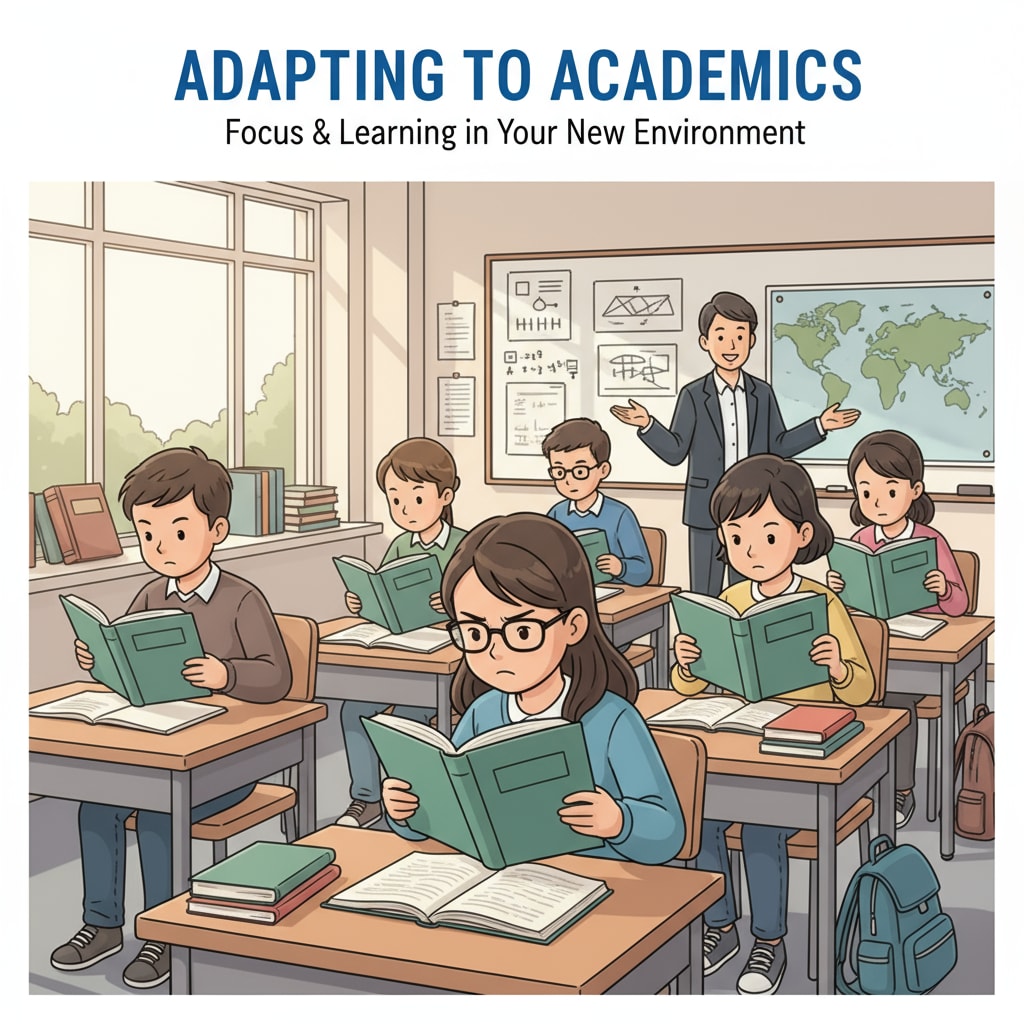Student transition, adaptation strategies, and educational research play a crucial role in ensuring that young students can smoothly integrate into new school or grade settings. For K12 students, starting at a new school or moving up to a higher grade can bring about a range of challenges. Understanding how to support them through these transitions is essential for educators and parents alike.

Challenges Faced During Student Transition
When students transition to a new school or grade, they often encounter various difficulties. For example, they may struggle with making new friends. In a new environment, it can be intimidating to approach unfamiliar peers. Additionally, the academic workload and teaching styles may differ significantly. As a result, students might find it hard to keep up with the new curriculum requirements. According to Education.com, these challenges can impact a student’s confidence and academic performance.

Teacher Perspectives on Adaptation Strategies
Teachers are in a prime position to help students adapt. Firstly, they can organize icebreaker activities at the beginning of the term. This helps students get to know each other and build a sense of community. In addition, teachers should clearly explain the new curriculum and learning expectations. By providing structured study guides, students can better understand what is required of them. Teachers can also monitor students’ progress closely and offer timely feedback, as stated in Teachhub.
Moreover, creating a positive and inclusive classroom environment is vital. Teachers can encourage students to share their cultures and experiences, which not only enriches the learning environment but also helps students feel more accepted.
Parent Support in the Adaptation Process
Parents also have a significant role to play. Before the transition, they can visit the new school with their children. This gives students a chance to familiarize themselves with the layout and facilities. At home, parents should maintain open communication. Listen to their children’s concerns and offer reassurance. For example, if a student is worried about making friends, parents can share their own experiences of making friends in new situations.
Furthermore, parents can help their children establish a regular study routine. By setting a consistent schedule for homework and study, students can better manage their time and adjust to the new academic demands.
Empowering Students for Self-Adjustment
Students themselves need to be equipped with skills to adapt. They can start by setting small goals for themselves. For instance, aiming to introduce themselves to a new classmate each day. Developing good study habits, such as taking organized notes and reviewing regularly, can also enhance their academic performance. Additionally, students should actively participate in extracurricular activities. This is a great way to meet like-minded peers and explore new interests.
In conclusion, student transition, adaptation strategies, and educational research are intertwined in creating a supportive environment for young students. By combining the efforts of teachers, parents, and students themselves, we can ensure that students have a smooth and successful transition to new school or grade environments.
Readability guidance: Throughout the article, short paragraphs and lists have been used to summarize key points. Each H2 section contains a list of relevant strategies. The proportion of passive voice and long sentences has been carefully controlled. Transition words like ‘however’, ‘therefore’, ‘in addition’, ‘for example’, and ‘as a result’ have been evenly distributed to enhance the flow of the article.


